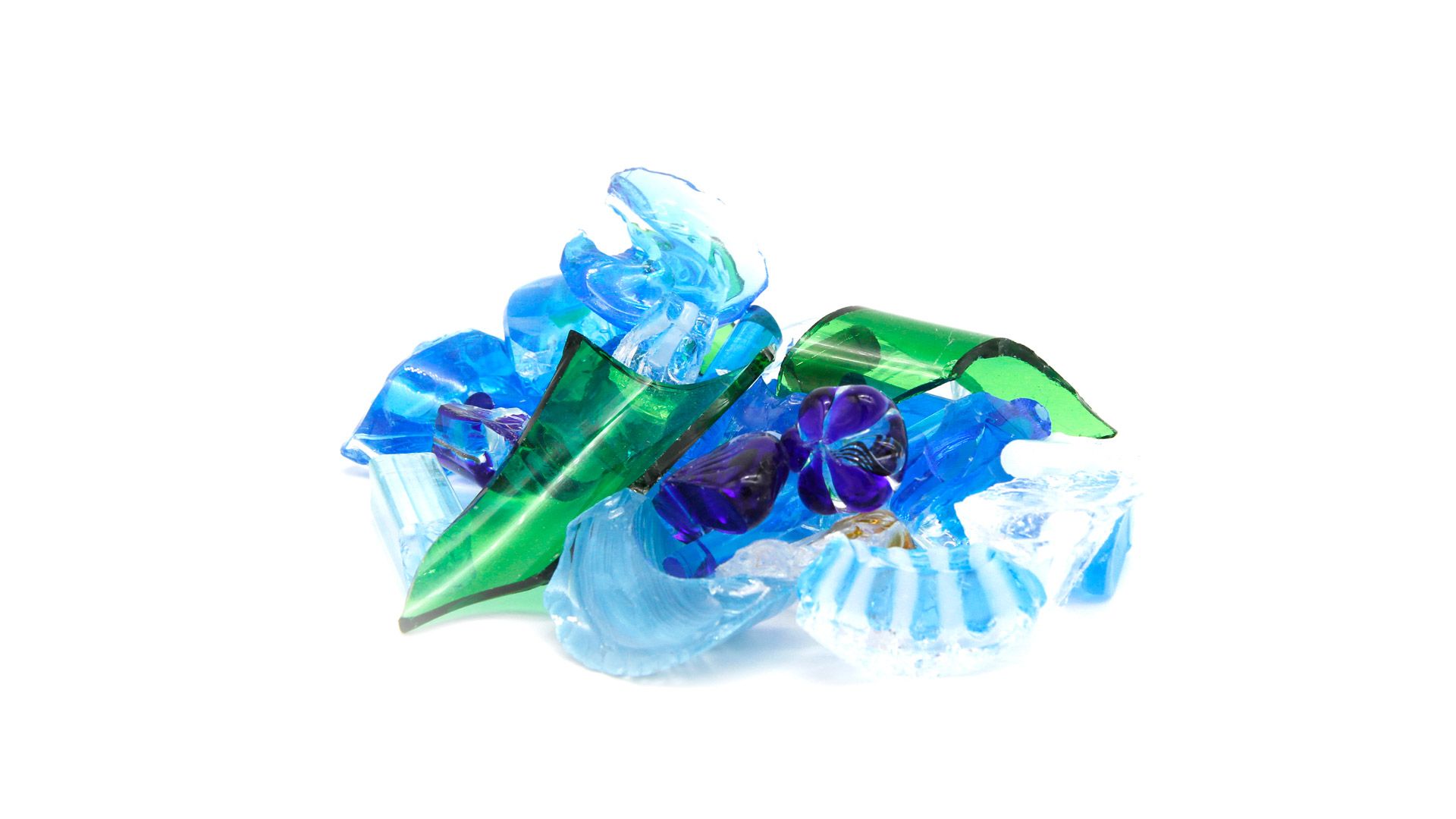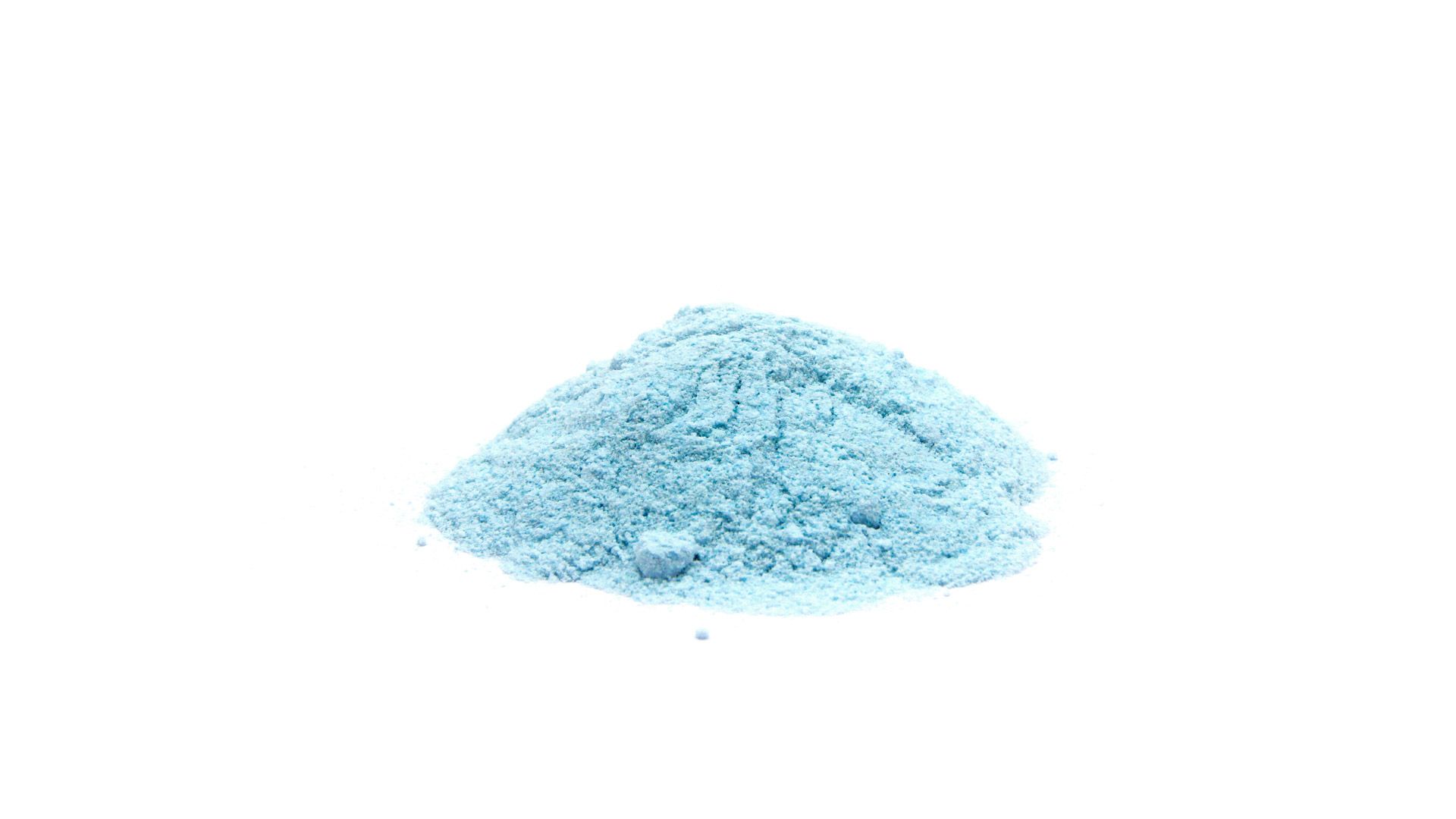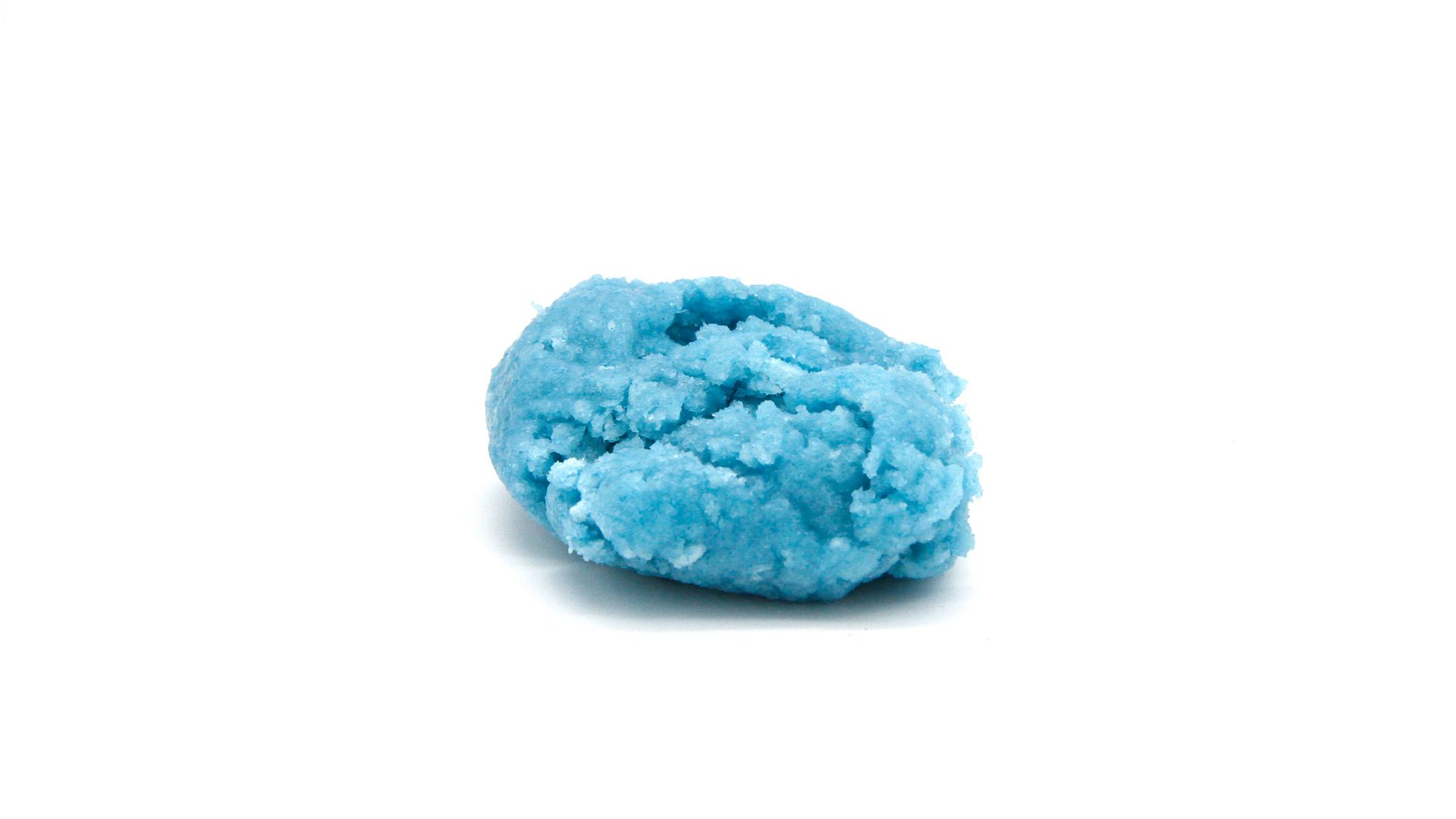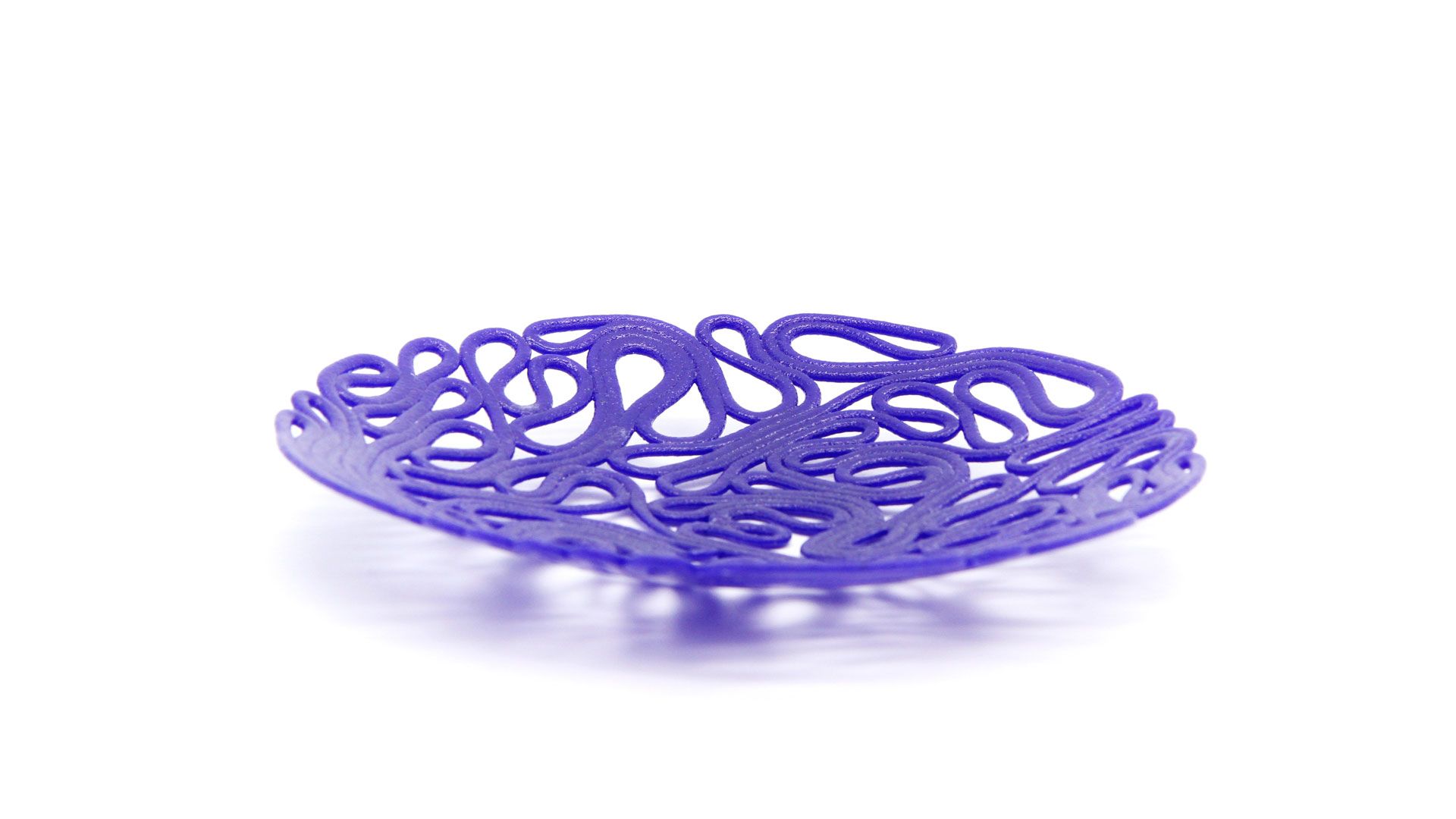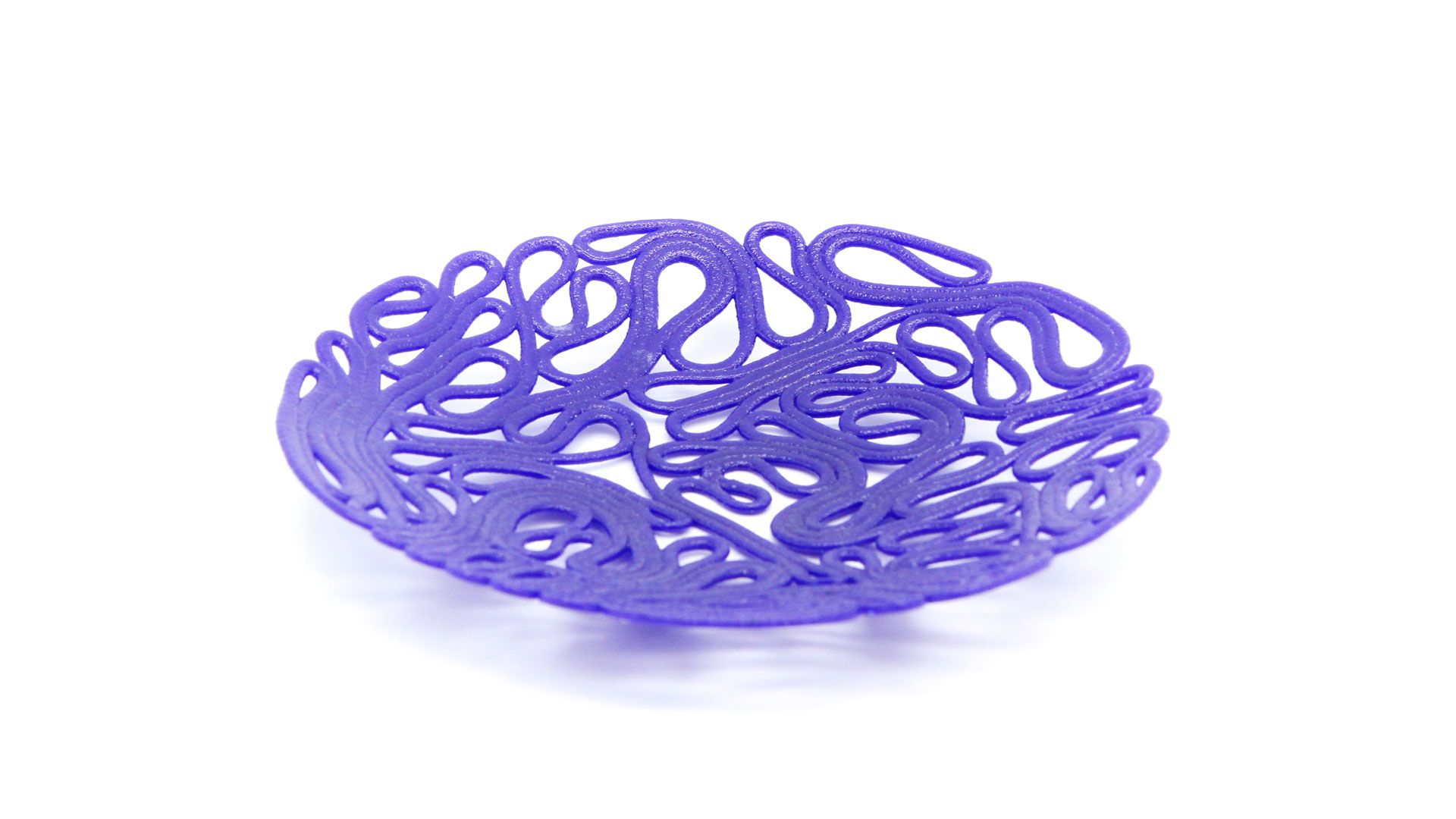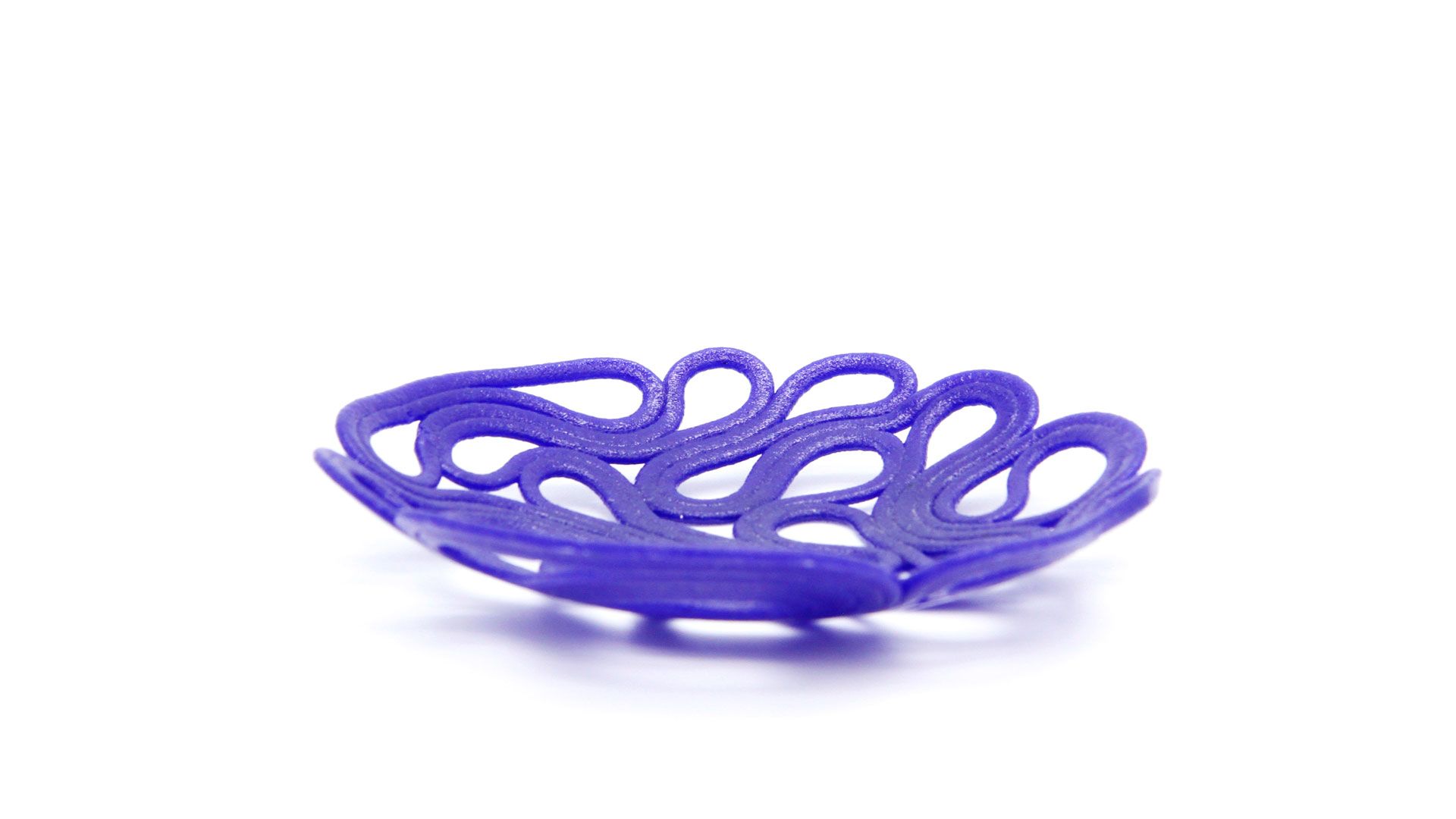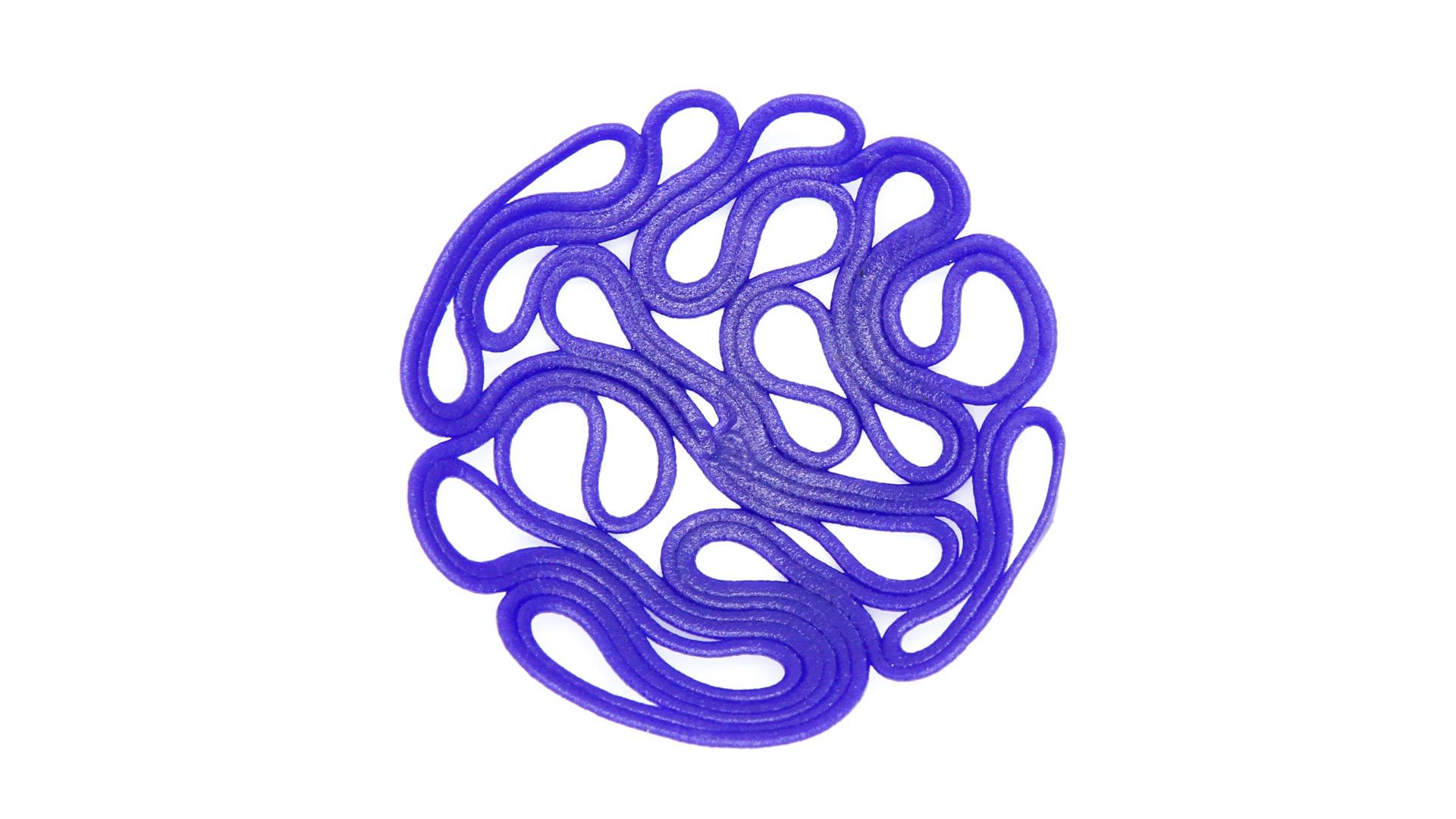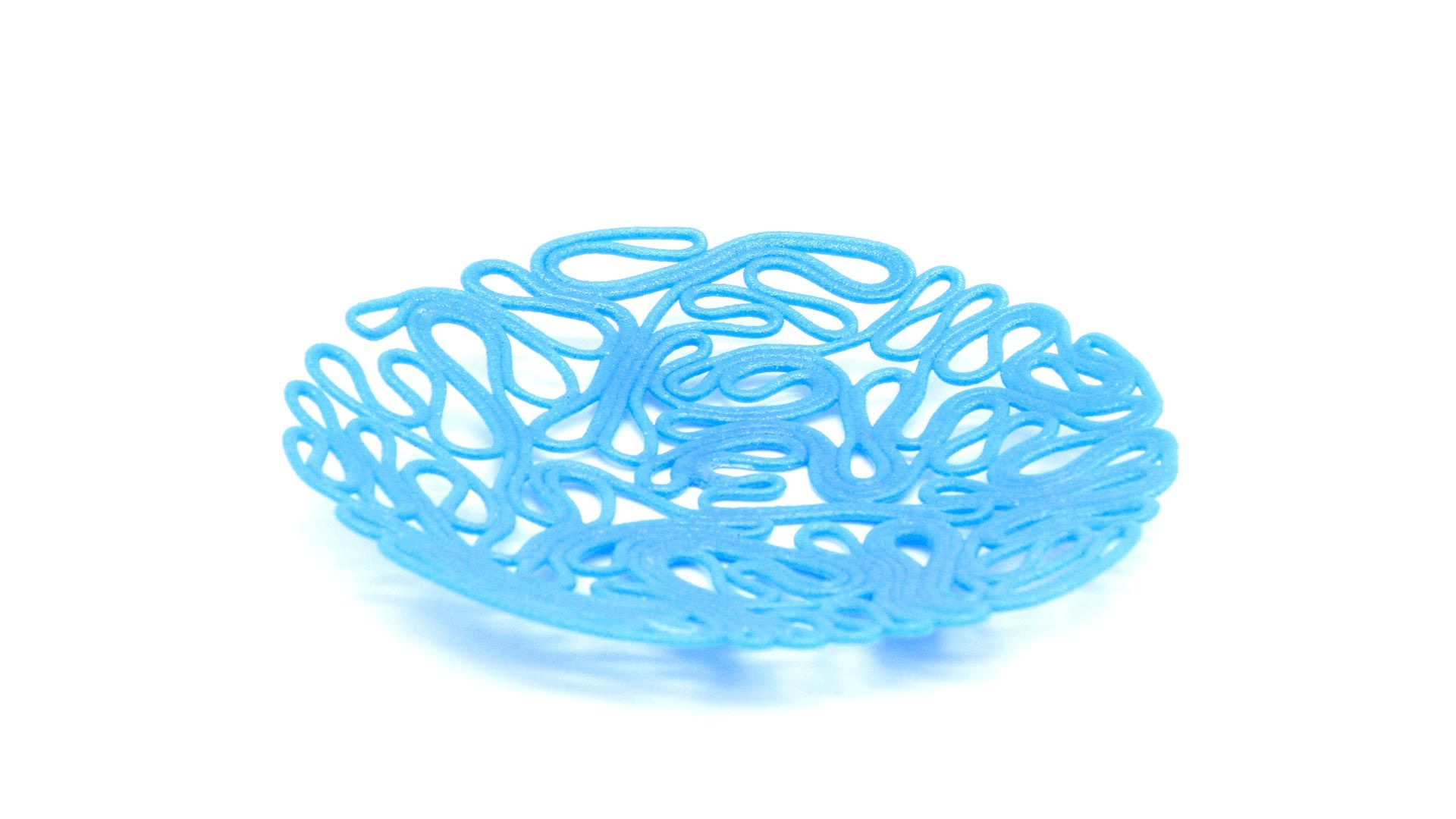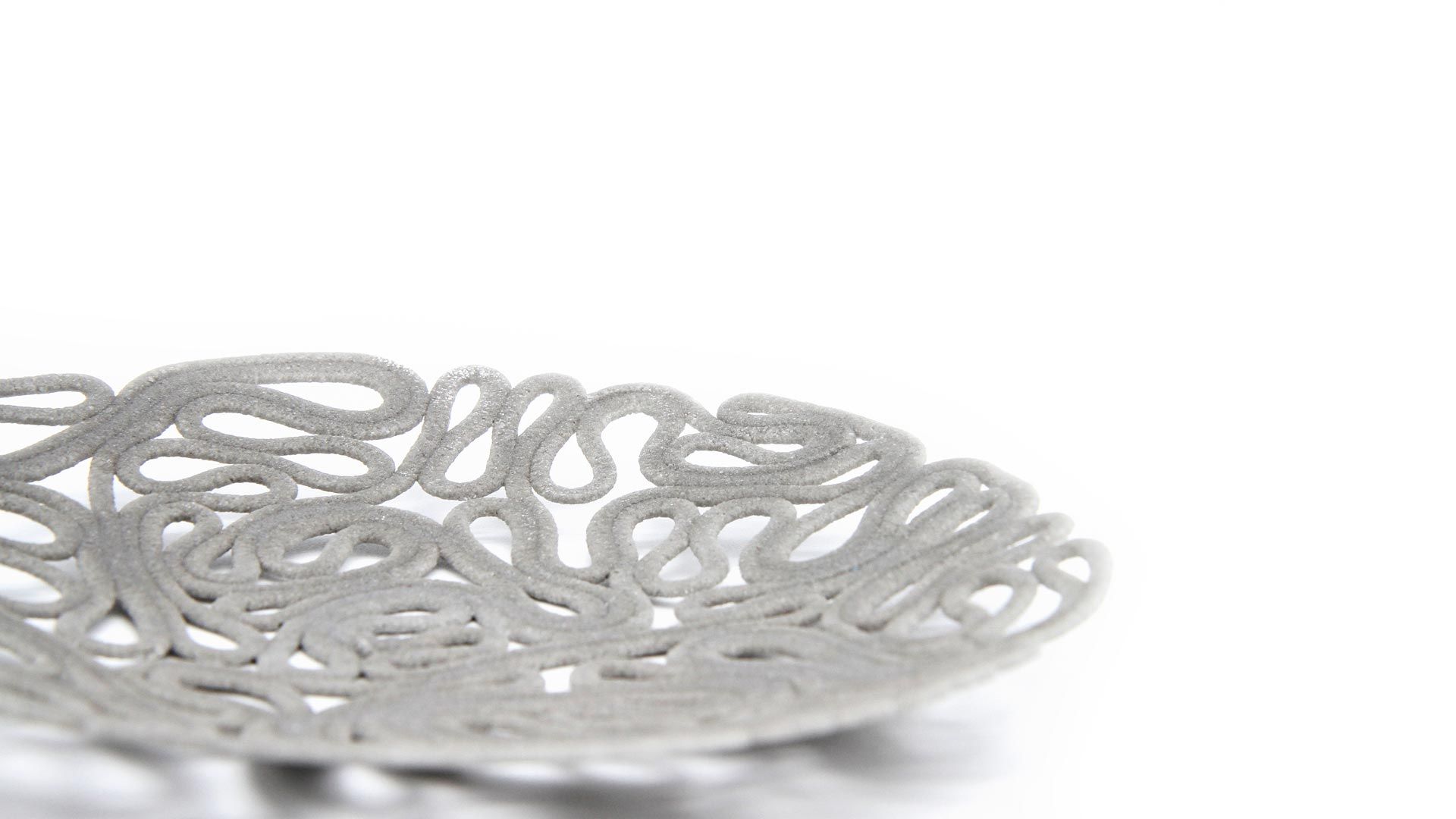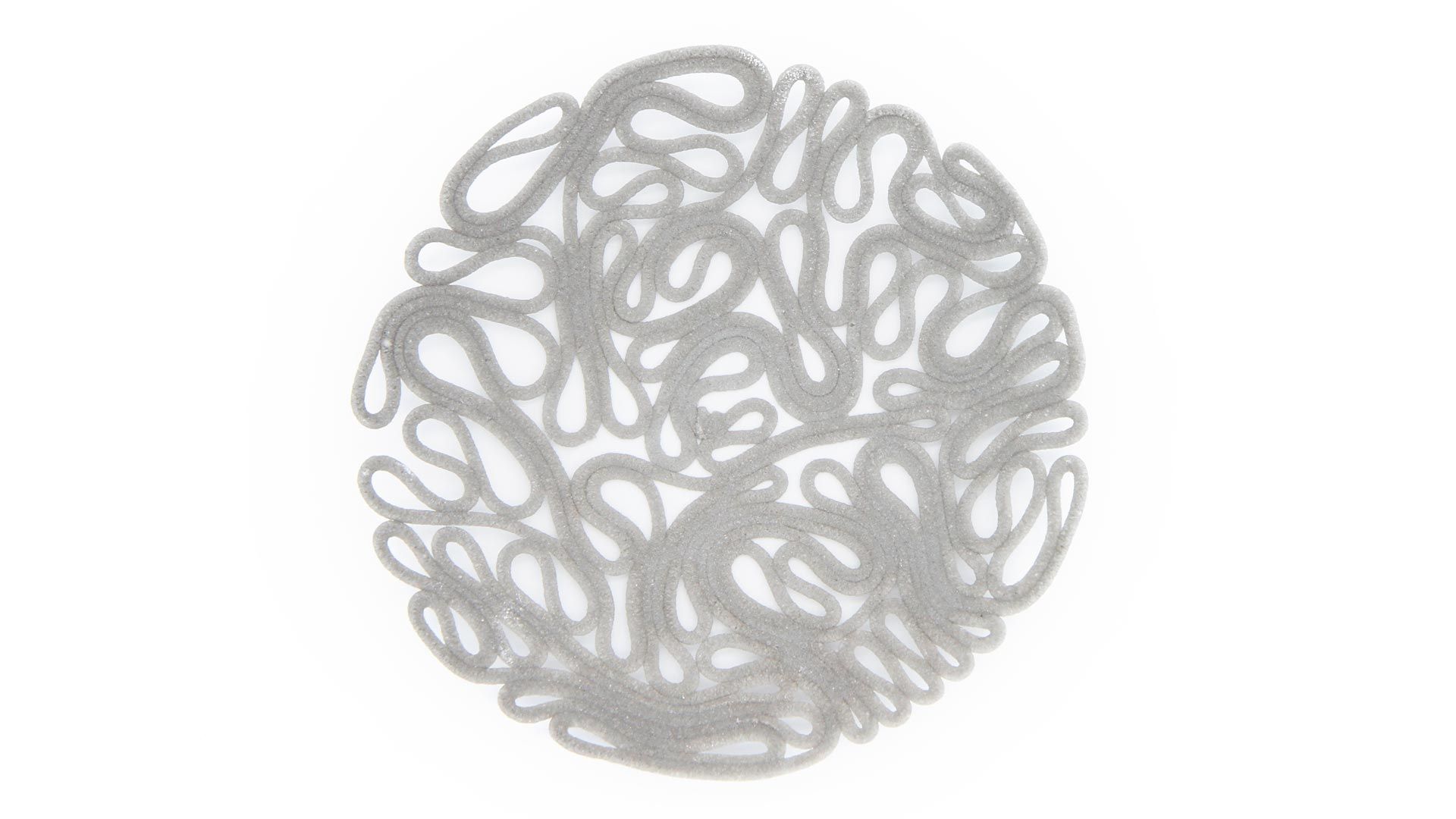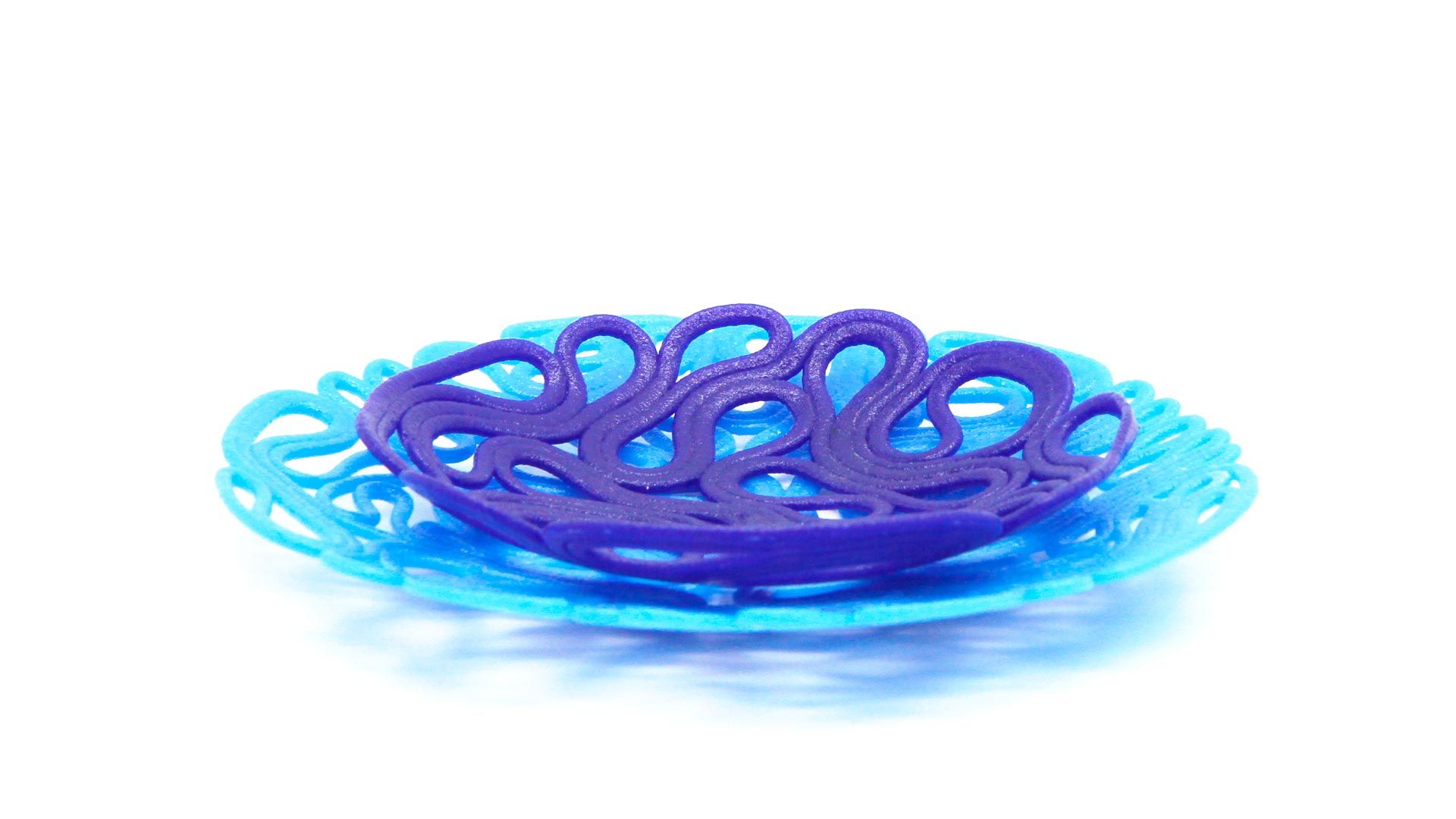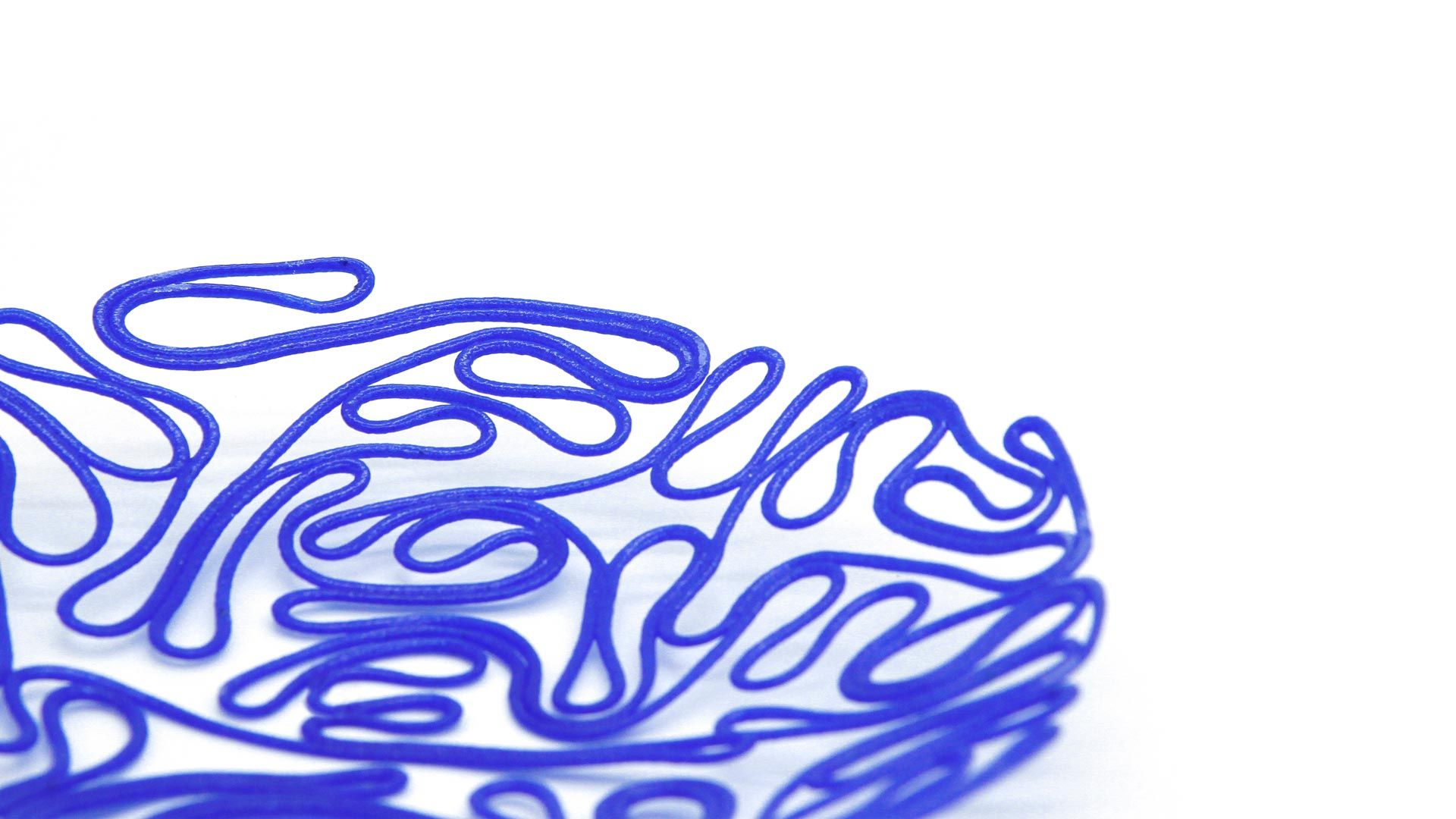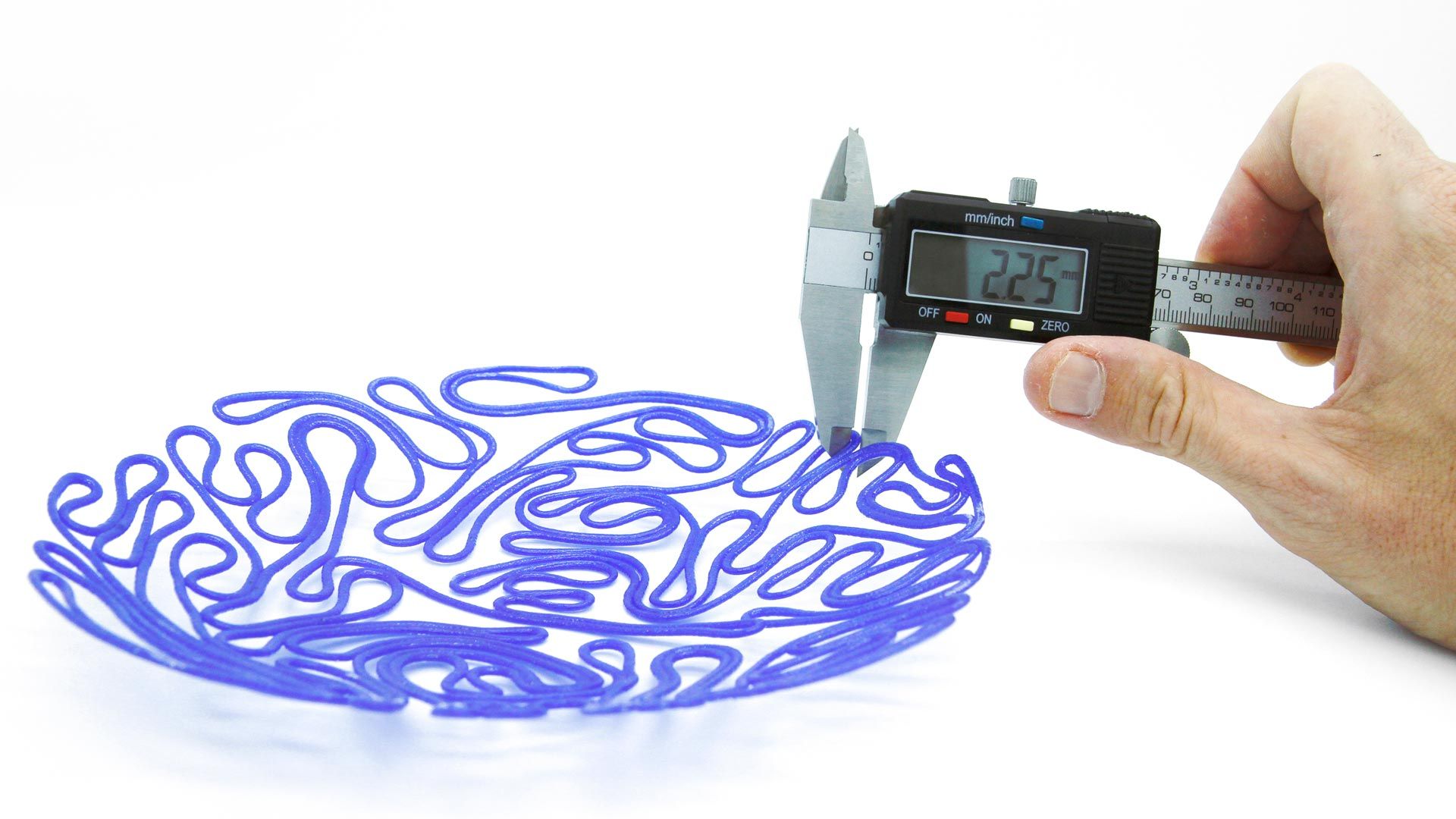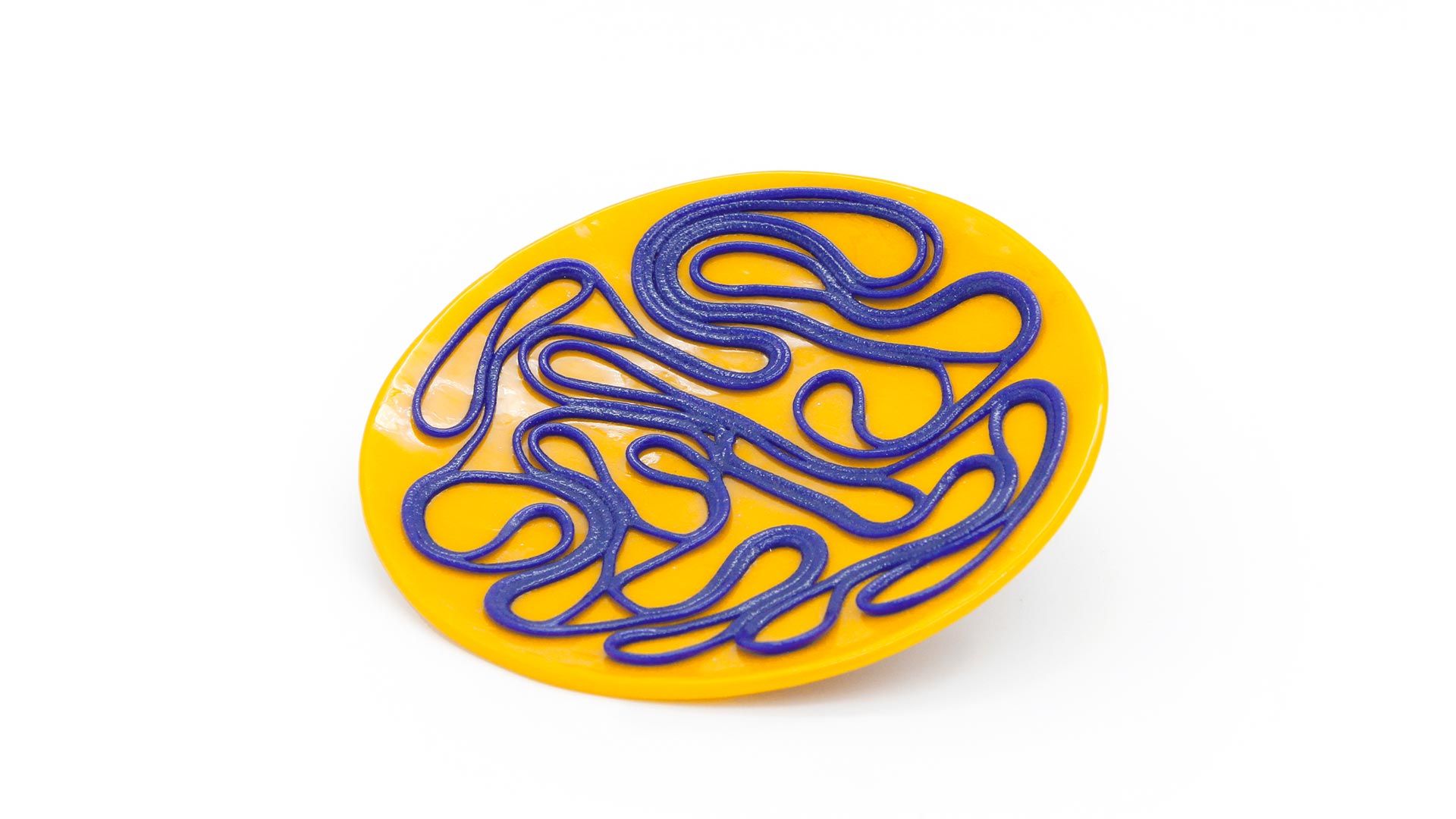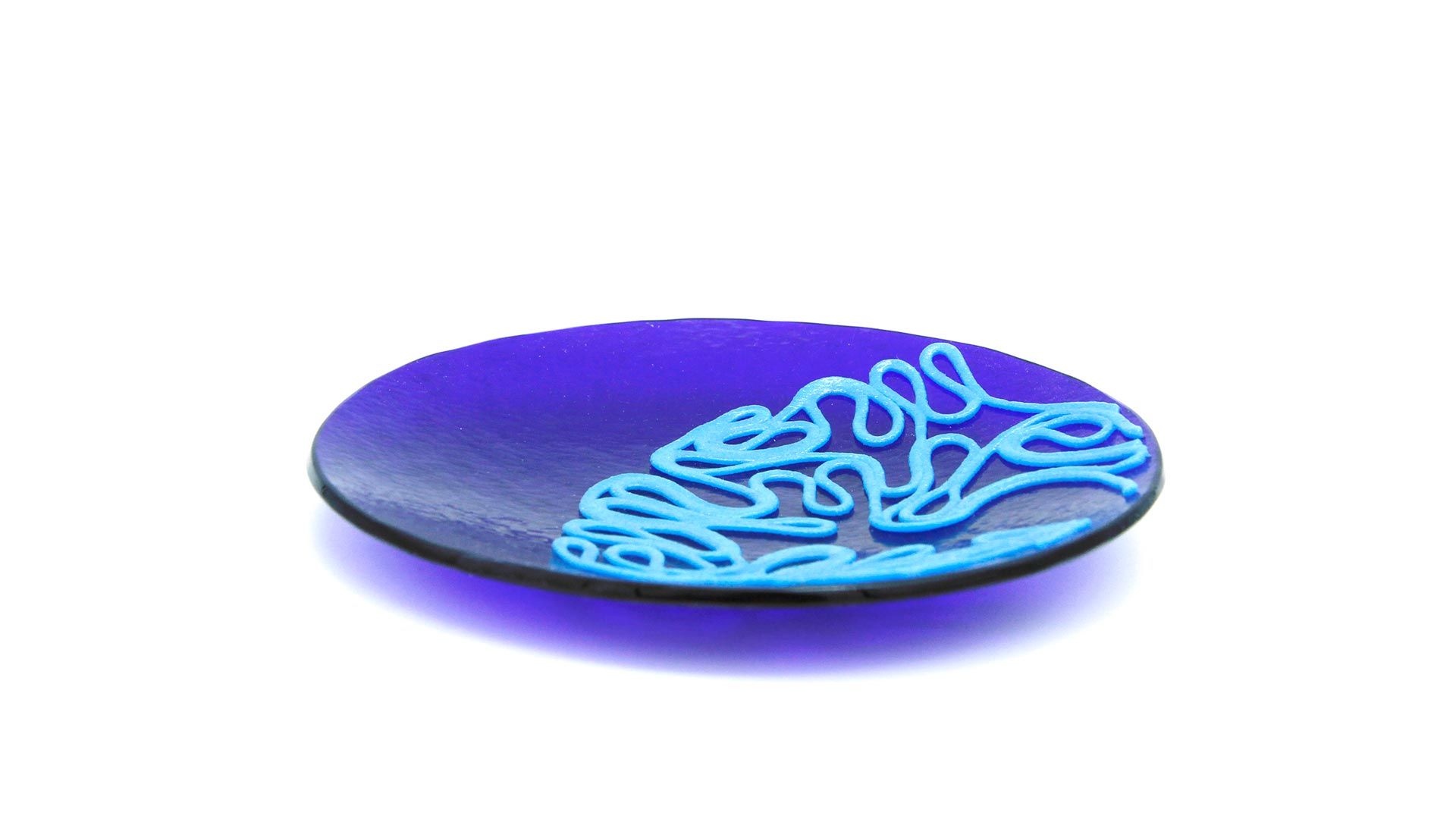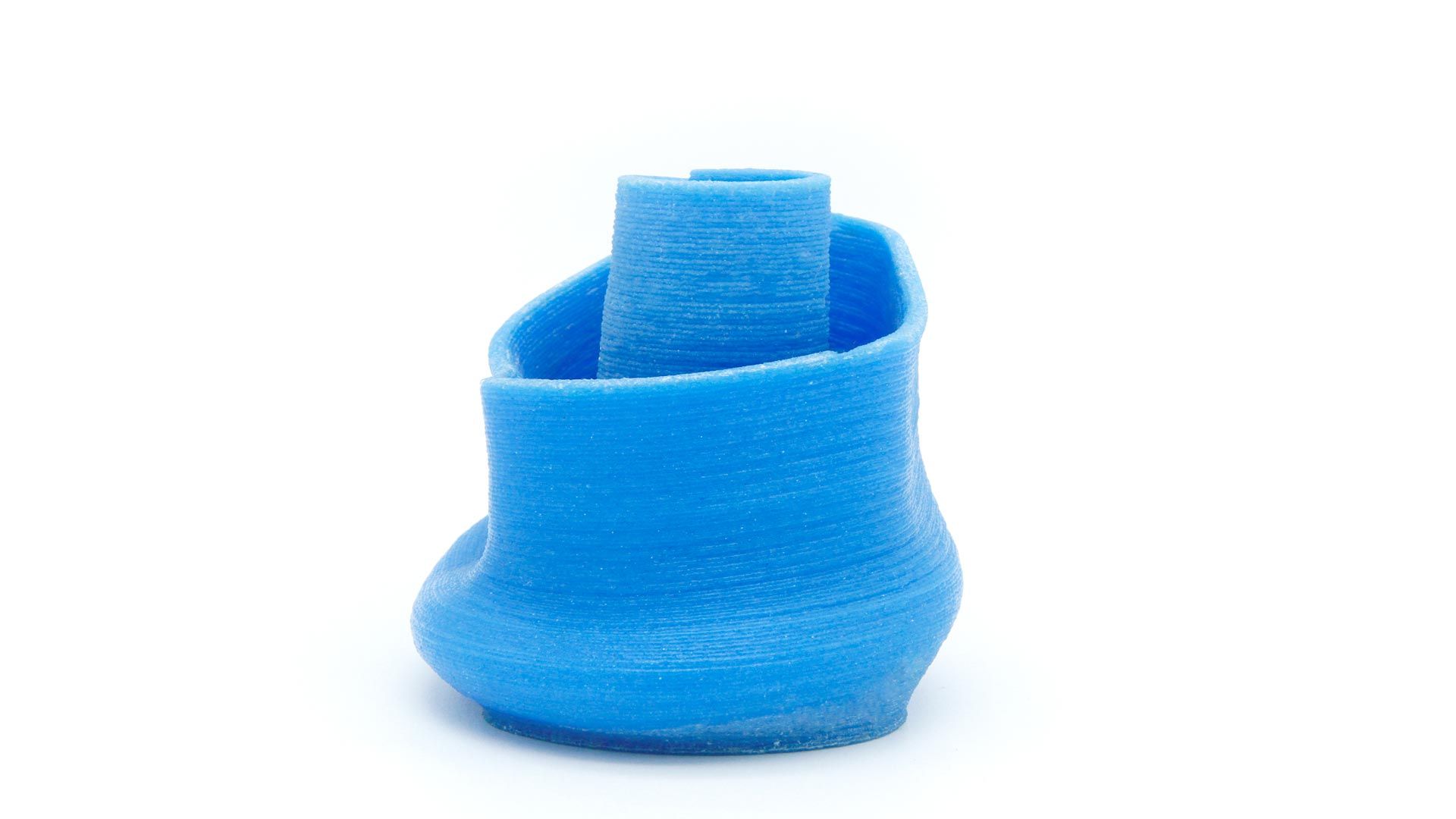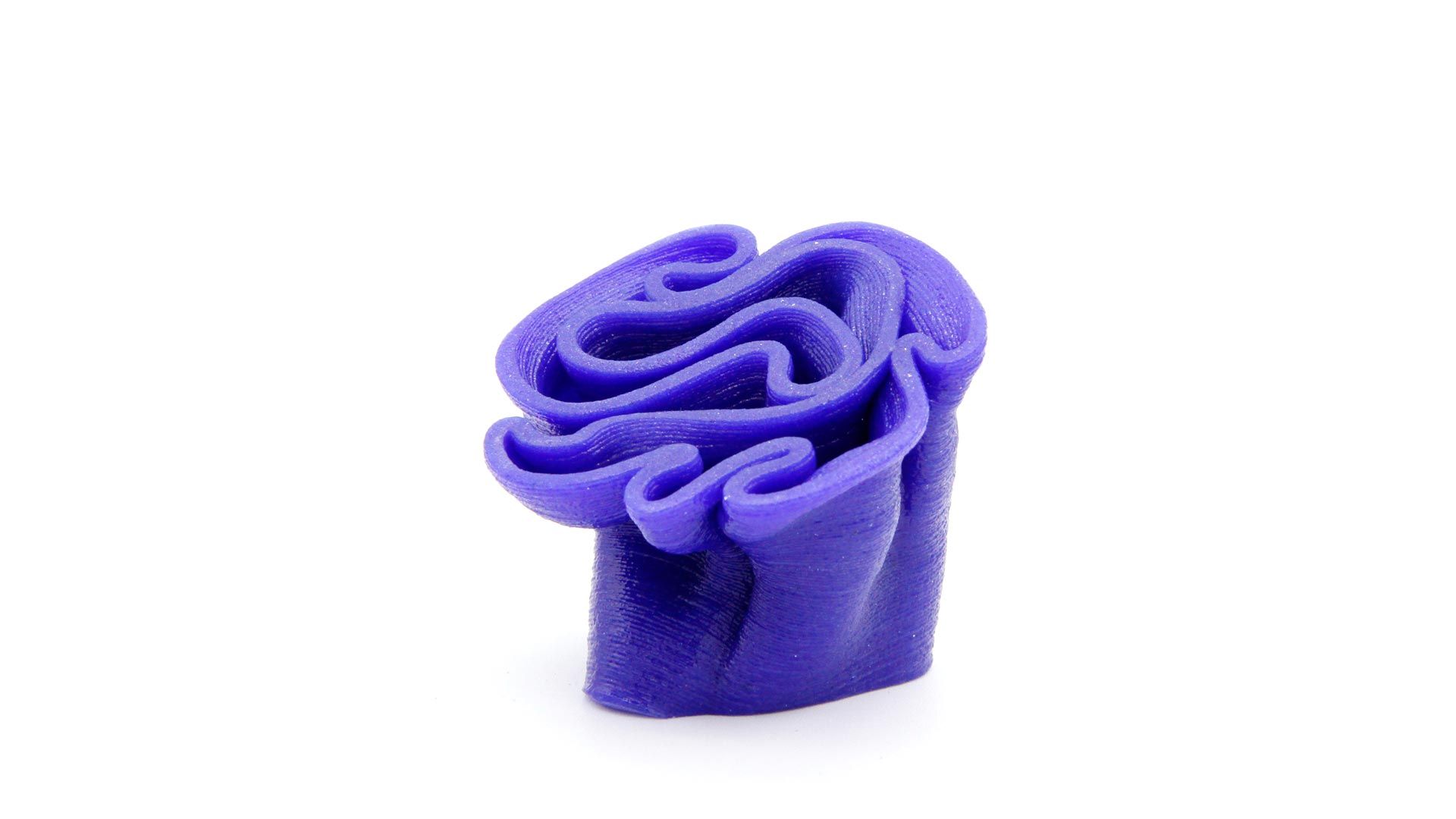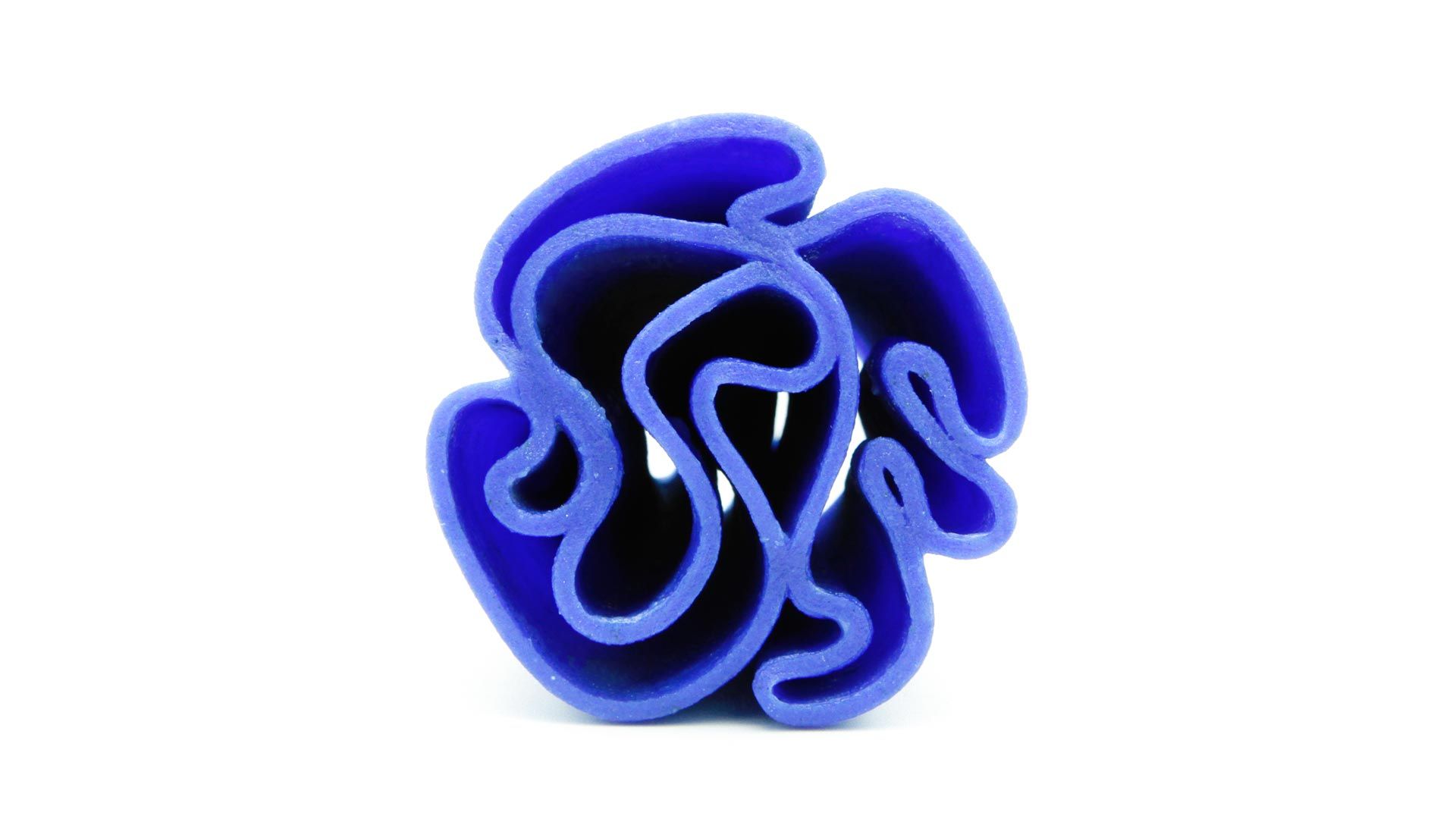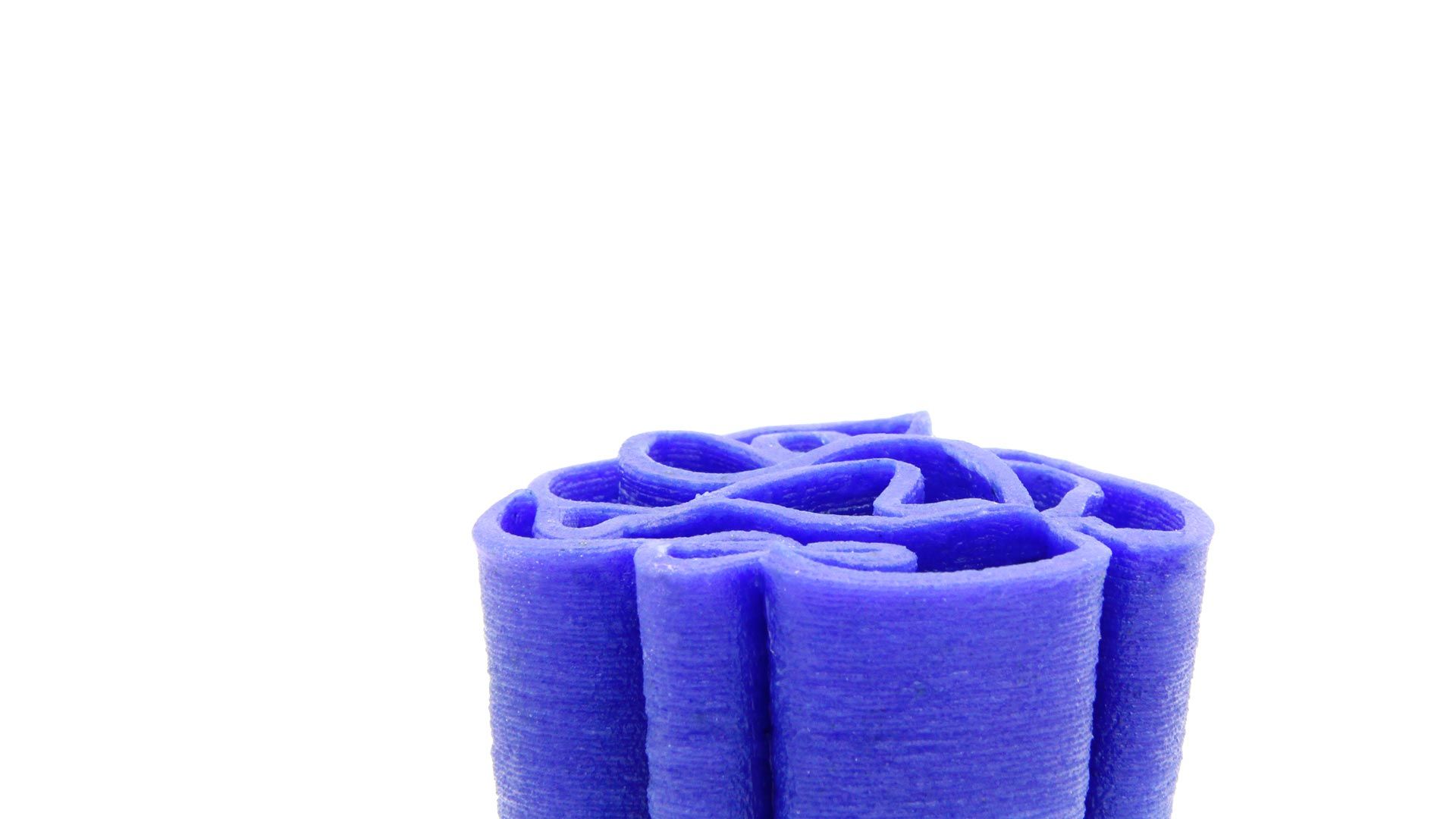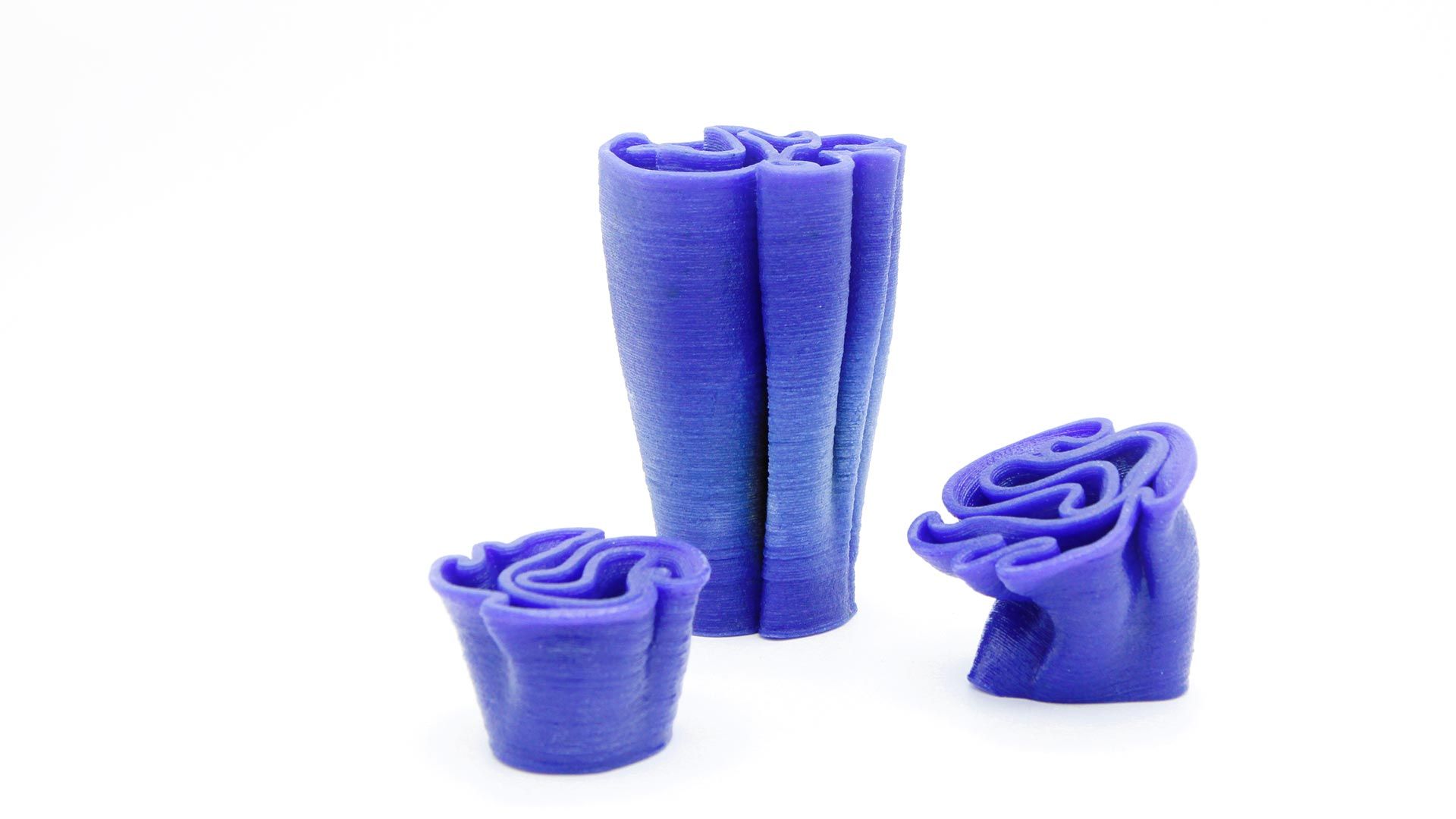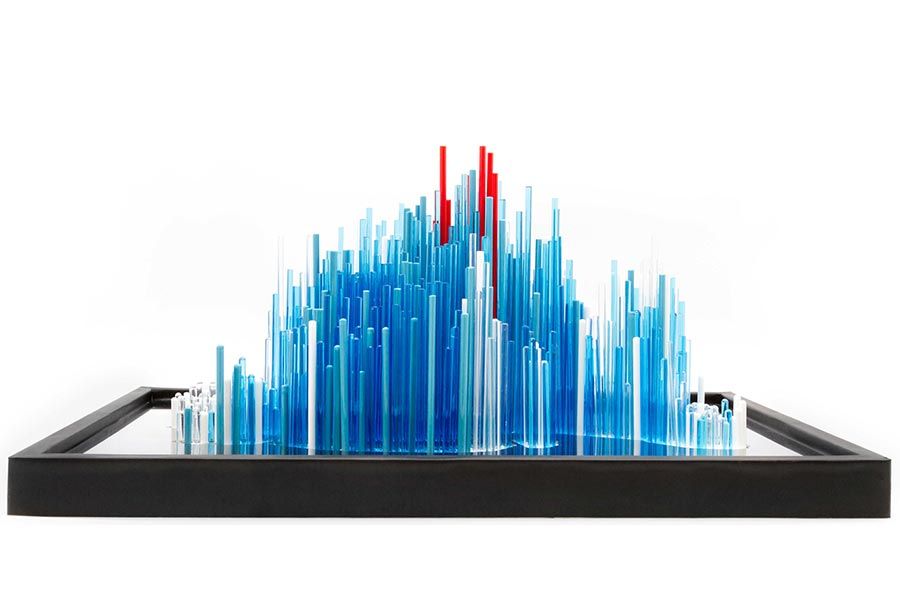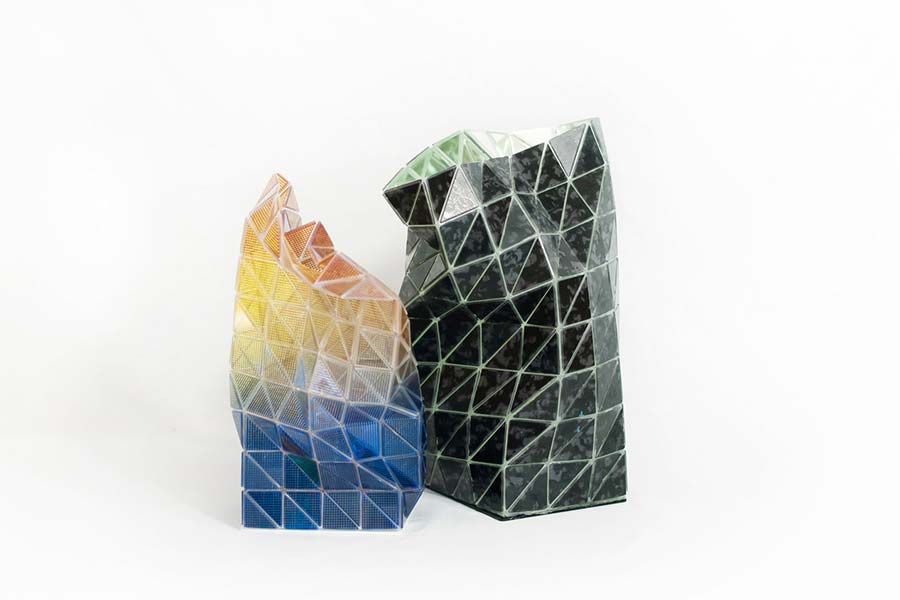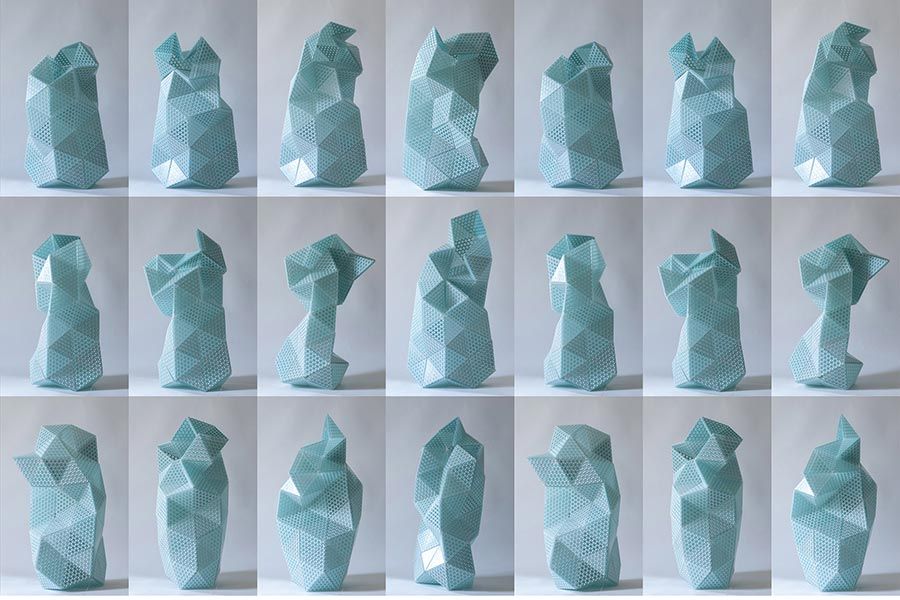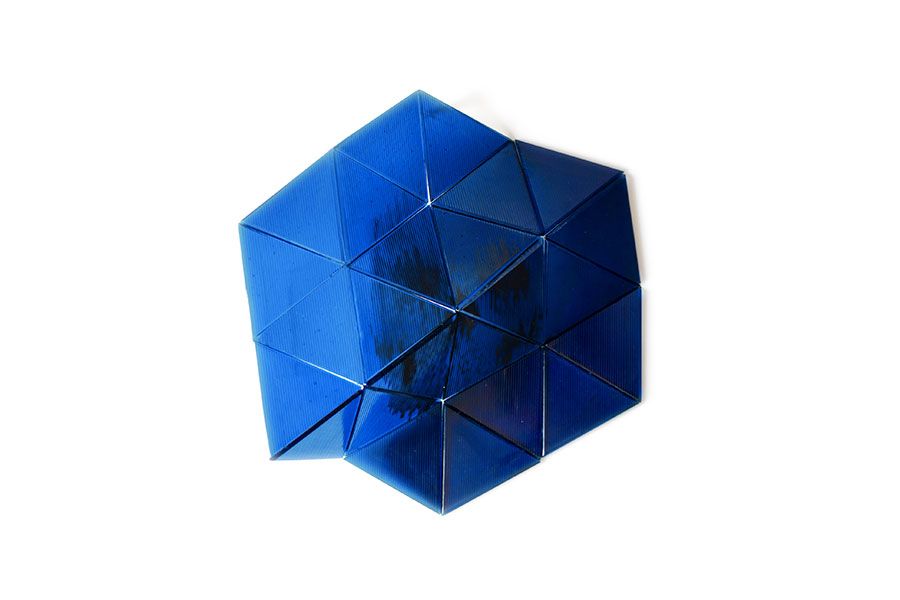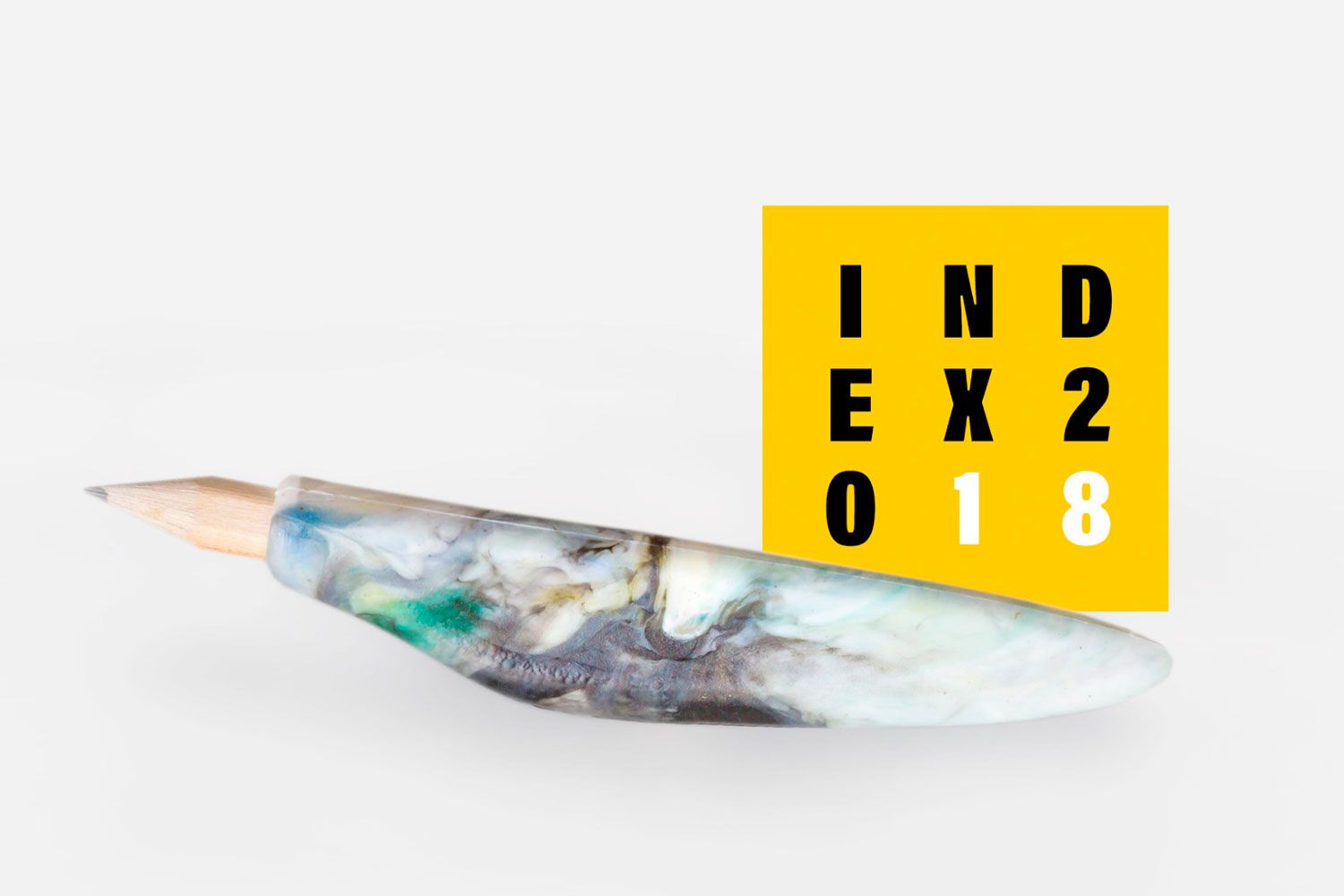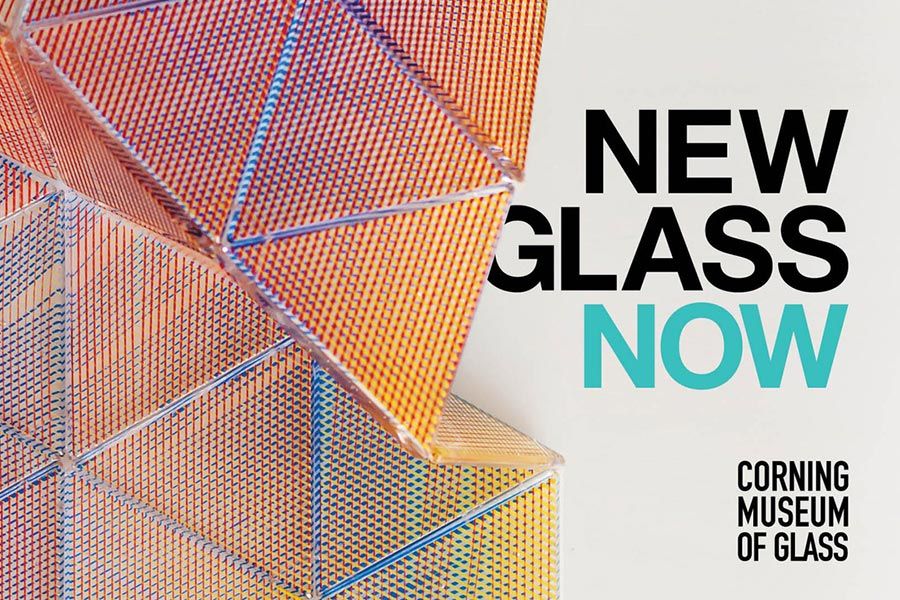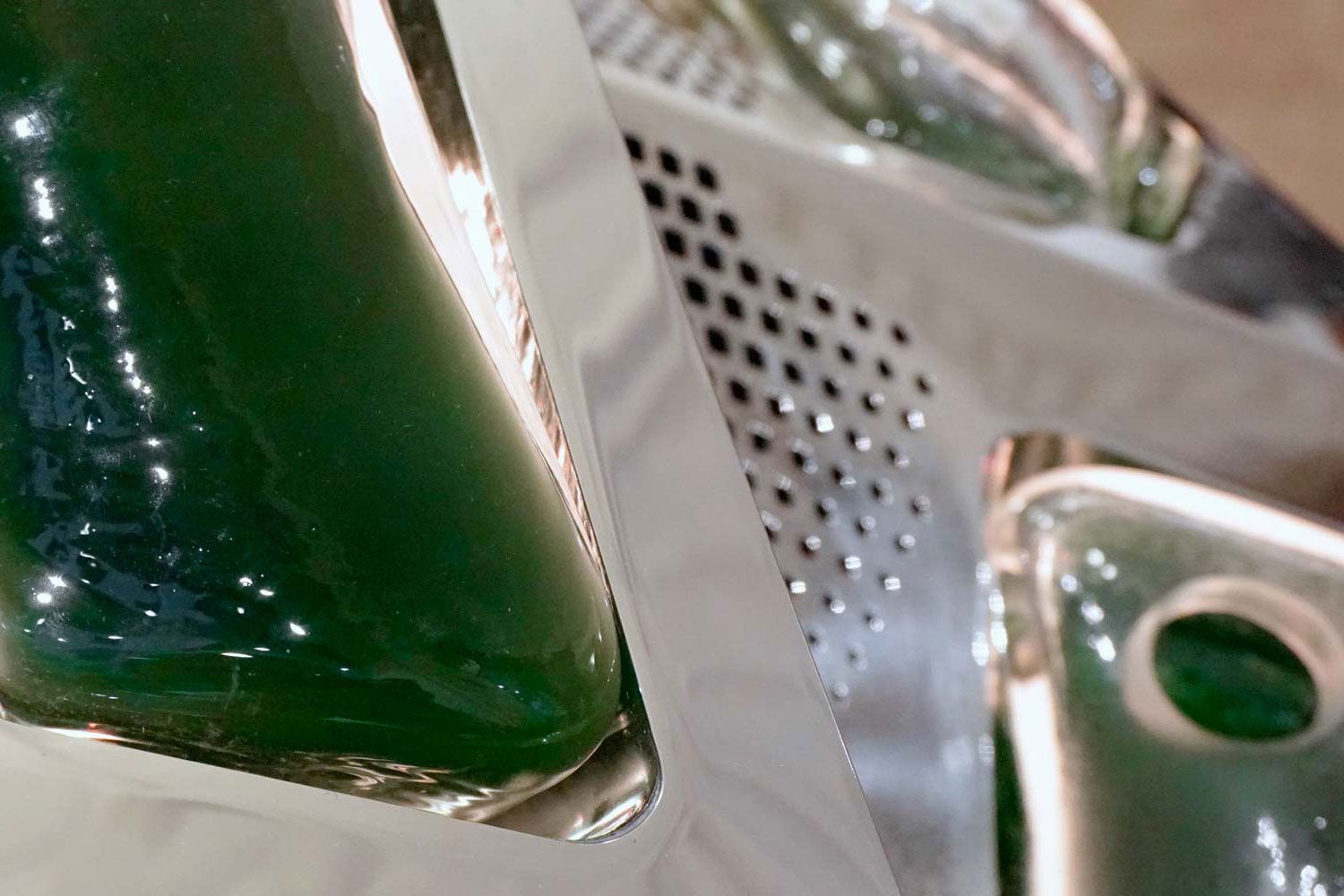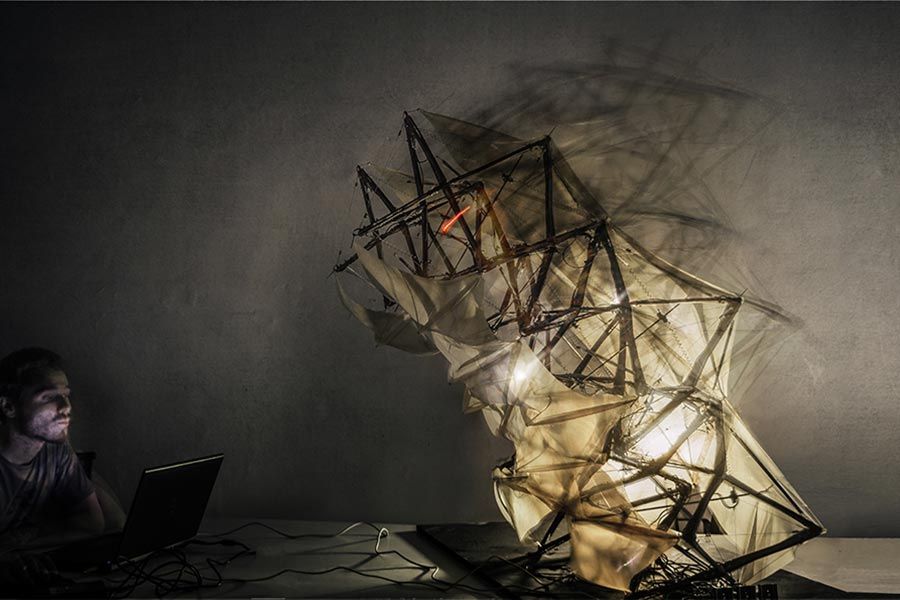VERO2
-
Typology
Research, special projects
-
Status
Completed, 2021
-
Team
Matteo Silverio
Marta Donà
Paola Careno -
Technical sponsor
WASP
Nicola Moretti Murano
All human activities generate waste, scraps.
However, only a small part of this waste is reused, while the rest goes to landfill. To the economic damage (the "waste") is added a clear environmental harm, especially when this waste contaminates the ground, pollutes the groundwater, poison our food.
Despite all our efforts, not all production waste can be recycled and, therefore, reused. Murano-glass is an example; it cannot be recycled with normal glass because of the chemical elements used to colour it. Therefore, Murano-glass waste must be processed as “special waste”, and this is a big economic and environmental issue for the whole Murano activities.
Some glass factories reuse scraps by producing small objects (such as picture frames, or paperweight), but these are isolated experiences that have a marginal impact on the global issue.
How can we change this situation? Is there a way to produce new Murano glass objects by locally reusing the waste from the glass-factories? How could new technologies help to accelerate a "blue conversion" of the glass island, promoting circular economy processes using waste materials to create new objects?
VERO2 (aka “vero vero”) tries to answer these questions.
VERO2 aims to investigate the universe of new technologies to understand how to integrate them with glass craftsmanship, trying to solve problems in a new and more sustainable way.
It is an experimental path that combines the tradition of the Murano glass making with the most advanced digital manufacturing technologies, creating a link between past and future.
The process. SILVERIO uses a modified Delta WASP 2040 Clay printer to extrude a compound mostly made of Murano glass powder. The printing process takes place at room temperature; once dried, the 3D printed object is ready to be baked at around 700° C.
In the kiln the object sinters also losing the non-glass part from the initial compound. Therefore, what we obtain is a 100% Murano glass object.
Here where the name comes from: VERO in the Venetian dialect means "real", but also "glass".
This new glass manipulation technique does not want to replace craftsmen, but it tries to enrich it. Hence, thanks to this process is possible to create objects and decorations that even the most skilled glass masters could not create. So, VERO2 is not only a new way to produce items in a more sustainable way, but also and especially a new tool for glass makers.
For The Venice Glass Week 2021, at the Maison203 store in Venice, SILVERIO presented the first collection in the World made using this innovative technique. The shape of the presented objects has been generated by an algorithm optimized to simulate a geometry in constant change, a shape that take inspiration from the sinuous curves of Venetian lagoon velme and ghebi.
This project has been possible thanks to the contribution of WASP and the Nicola Moretti Murano furnace, technical partners of VERO2. WASP, a leading company in the 3D printing sector, provided a Delta WASP 2040 Clay printer for the experiments and shared its experience in the fluid-dense materials extrusion. On the other hand, Nicola Moretti helped in defining the sintering curve, preventing the objects from "cooking" too much or breaking due to thermal shocks.
